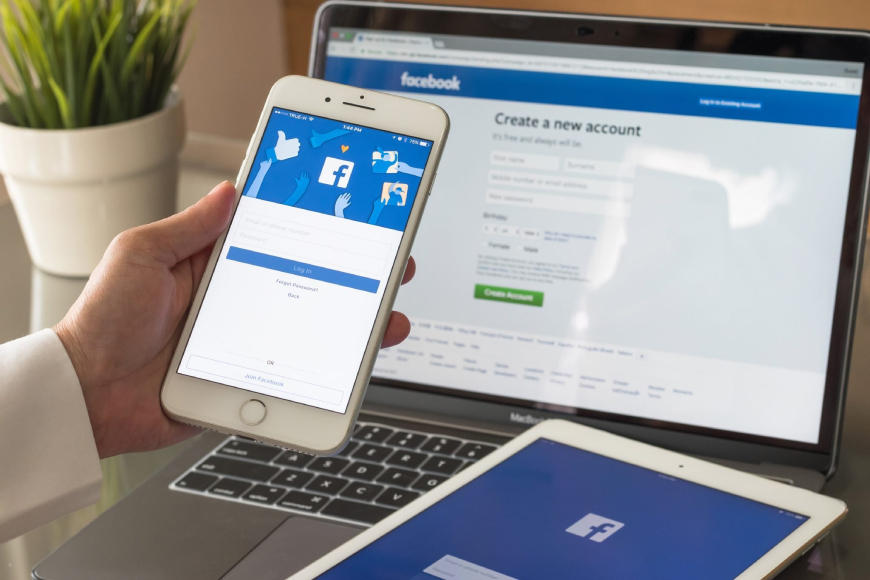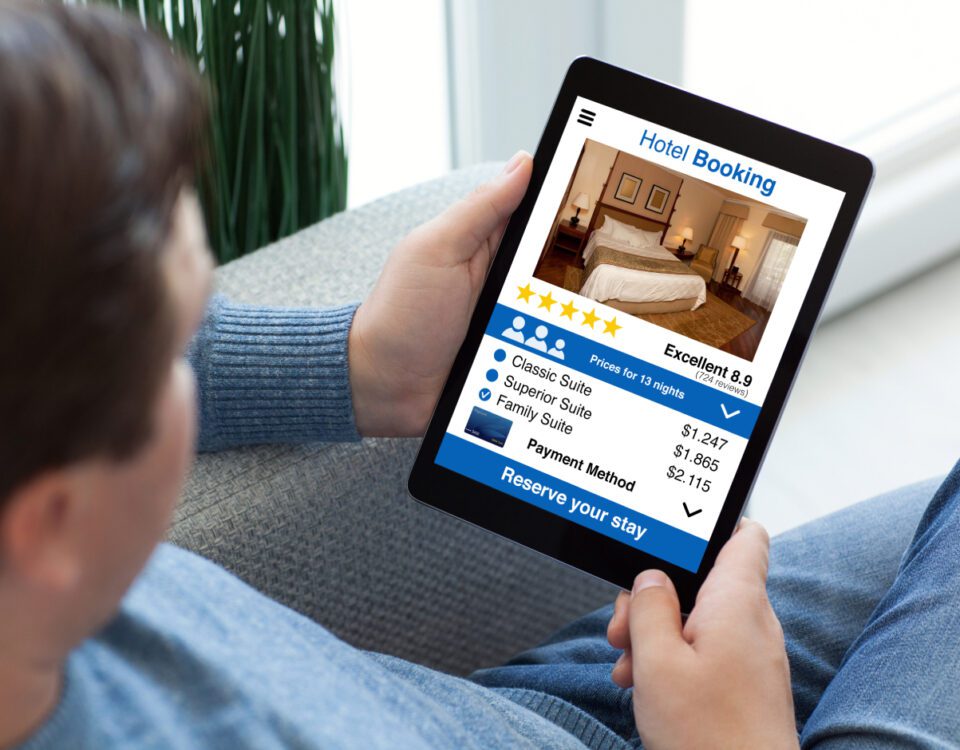Share
Facebook’s Business Suite provides a powerful and all-encompassing platform for advertising, enabling both small businesses and nationwide brands to promote themselves and run effective marketing campaigns on the world’s most popular social media site. Due to the sheer size and scale of the platform, countless articles and recommendations can be found online to help marketers get to grips with it - but amongst the many constructive pieces of advice, a number of myths and inaccuracies can be found. We’re breaking down some of the main oversights we’ve seen regarding Facebook for Business.


Myth 1: A Large Budget is Needed for Success
It’s common to believe that for real results to be seen from Facebook advertising, a huge budget needs to be set aside. However, it’s been proven that only $1 (around 70p) actually needs to be spent per day for a reasonable amount of viewers to be reached by your campaigns. Despite the undeniable competitiveness of the platform, CPC rates have remained steady for a few years - so it’s important not to let its high volume of users deter you from giving it a go. Even upping your budget to just $5 per day (around £3.50) instead can set things in motion for a small business finding its feet.
Myth 2: Prioritise Quality over Quantity
This is of course true to an extent - you should always aim to produce campaigns that are high in quality and provide genuine value to your audience. However, only posting once or twice every few months is unlikely to be sufficient for engagement maintenance and sustained growth, and means your brand name might get forgotten. The best approach is to run ads regularly in order to yield stable results whilst also ensuring that they meet a high standard in terms of purpose, copy and imagery.


Myth 3: Target Highly Specific Audiences
While Facebook’s super-narrow ad targeting abilities are certainly impressive, building slightly broader audiences is often a better option. By filtering out too many demographics within your target market, you risk restricting the reach of your campaign and can end up missing out on new conversions from user groups you might not have thought to include.
Myth 4: Facebook Ads are Limited to B2C
With Facebook becoming increasingly popular for e-commerce brands looking to promote their latest products (and businesses assuming LinkedIn is the only place to target other professionals!), it’s easy to believe that the platform just isn’t built for B2B marketing - but that’s not the case. While B2B campaigns definitely require a little more TLC than consumer-facing ads, Facebook’s lead generation tools can yield plentiful results. Including relevant and clear CTAs is the key here - what are you hoping to achieve from your audience? Downloads, free trials and newsletter signups are just a few of the top B2B objectives available, as well as the facility to point users towards your website's Contact Us page. If you’re still not convinced, remember that 90 million small businesses use Facebook and 65% of B2B marketers use Facebook ads.


Myth 5: Boosted Posts are the same as Ads
Boosting on Facebook means putting some cash behind a post in order to increase its impressions and get it seen by more people. It’s definitely a great choice for cases where you’re looking for a quick and easy way to amplify a specific piece of content - but boosting doesn’t offer the same range of targeting options as the ads manager and isn’t suitable for posts with important CTAs.
Myth 6: Retarget Everyone
The Facebook Pixel is a snippet of code which businesses can add to their website in order to track user behavior, measure the effectiveness of their advertising efforts and retarget users on Facebook, guiding them down through each stage of the sales funnel. This is undoubtedly a great analytics tool which provides some major benefits, but it’s necessary to remember that not everyone who ends up on your website does so for the same reason, making it crucial to segment them accordingly with different types of ads, budgets and bids. Focus on visitors who carry out high-intent actions such as viewing your price list or adding an item to their basket.


Summary
Overall, it’s evident that Facebook for Business isn’t a one-size-fits-all affair. Tailoring the platform’s capabilities to the individual needs and aims of your brand and fine-tuning your advertising strategy over time is the way forward when it comes to maximising results. Learn through experience and don’t believe every myth you read online!









